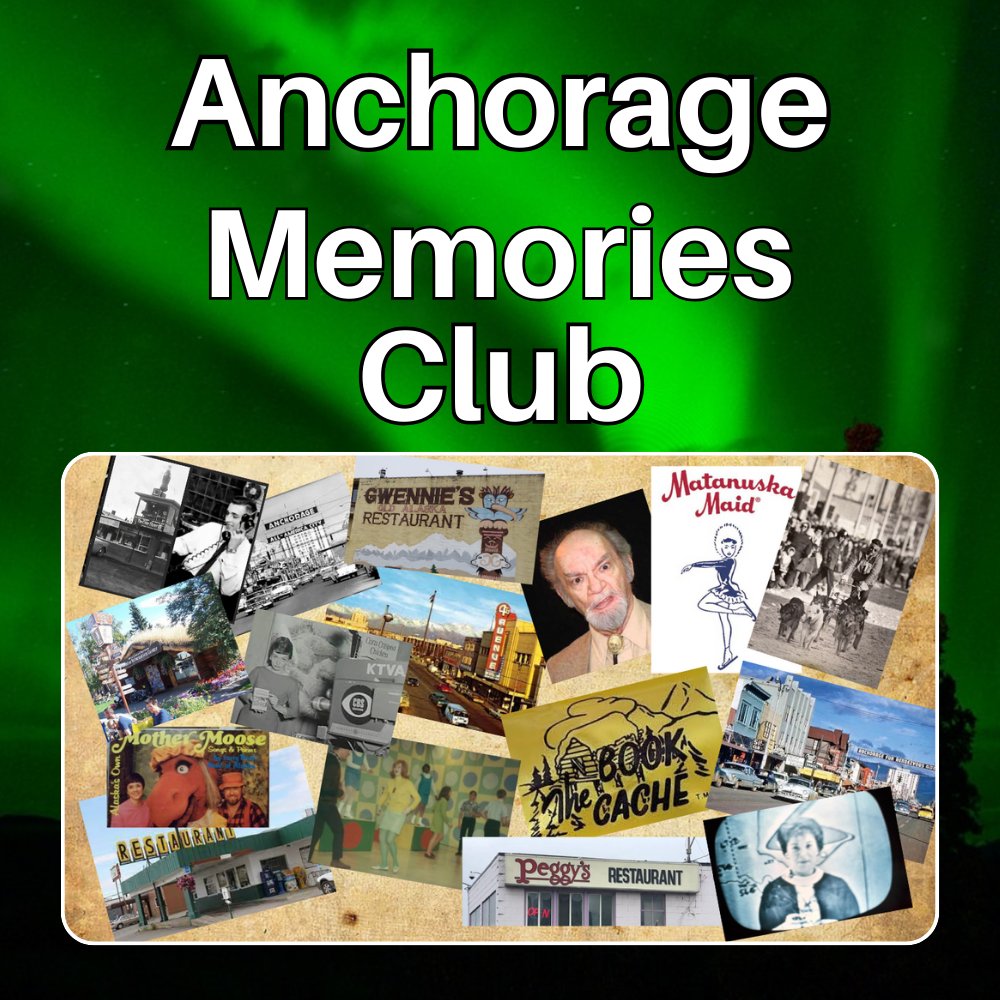This is the Fascinating History of Anchorage Alaska
Did you know the History of Anchorage Alaska began with a tent city?
1916 Movie film of Anchorage

The video above, includes footage of the Alaska Labor Union log cabin, a laundry in a tent and 4th of July festivities.
BONUS
Did you know?
While they did not live on Ship Creek Flats, the area that became Anchorage, the Dena’ina, a tribe of Athabascan Indians, had lived in the surrounding areas for over 1000 years.
Captain James Cook, an English explorer, first entered the Anchorage area in 1778 by what would become known as Cook Inlet.
On May 25, of that year, Cook sailed into the inlet on the HMS Resolution. Cook's Sailing Master was William Bligh, and the two did not agree about the Inlet. Bligh insisted it was a river. The ship explored the inlet for nearly two weeks.
Turnagain Arm is so named because the HMS Resolution kept having to “turn again” while sailing the inlet.
Spring 1915, The Beginning
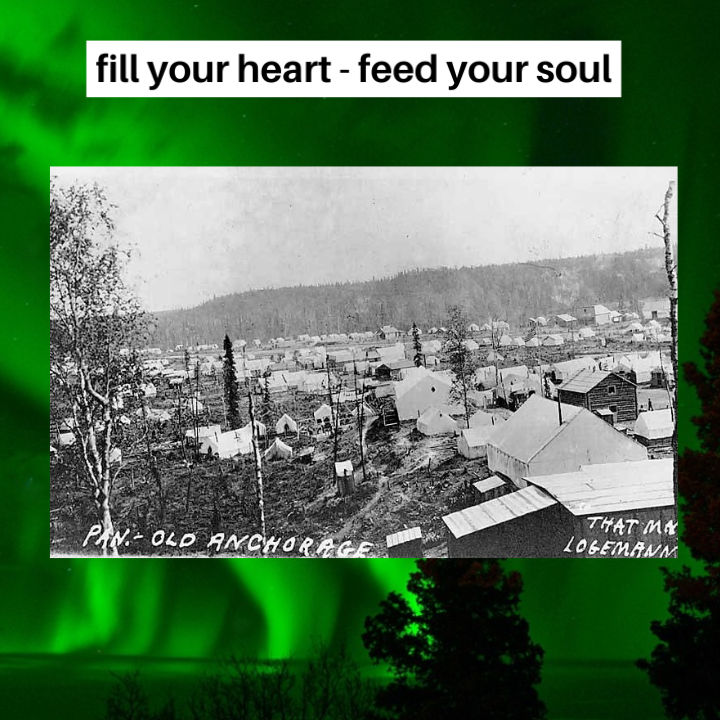
The history of Anchorage Alaska begins here.
It didn't get its start because someone discovered gold, although they did find gold along Turnagain Arm (Cook Inlet), the waters off Anchorage in 1888.
Anchorage actually got its start in 1915 as the headquarters and a construction camp for the Alaska Railroad.
You see, in 1915, the U.S. Congress authorized construction of the only federally owned railroad in America's history.
Following that, more than 2000 people from all over the world flocked to the mouth of Ship Creek, seeking employment. Some were merchants who would set up shops and other services. So, a kind of “tent city” sprang up along Ship Creek and later around what became known as Government Hill.
It was the beginning of what is now the largest city in Alaska.
Do you want more of the story?
BONUS
April 1915, Naming the Town
The History of Anchorage Alaska – how the town got its name.
As the population grew, the new town needed a name.
Those living in the tents had already begun calling it by names like “Ship Creek”.
But they required an official name, so they had everyone vote for their favorite.
Possible names included:
- Alaska City
- Gateway
- Ship Creek
- Lane (after the U.S. Secretary of Interior from 1913 to 1920, Franklin K. Lane)
- Matanuska
- Winalaska
- Homestead
- Terminal
- Gateway
***The winner was Alaska City with Lane a close second.
Then shortly after the vote, the United States Post Office had another idea. They decided the name for the town would be “Anchorage”.
April 1915, She Drove the First Railroad Spike
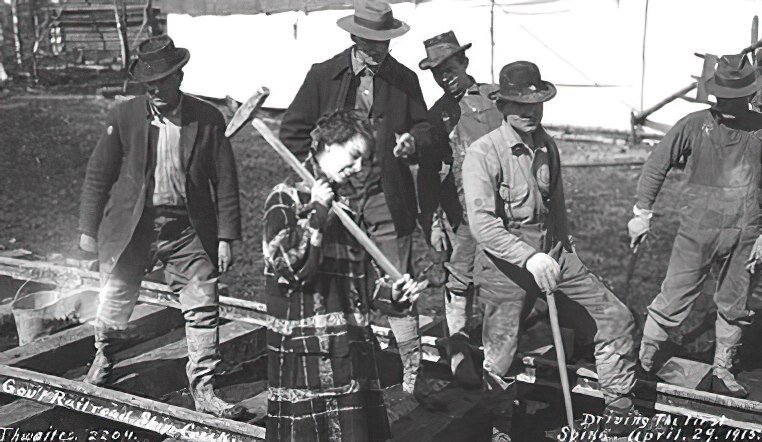 A special ceremony
A special ceremonyA lady named Martha “Babe” White was given the honor of driving the first spike in the Alaska Railroad at Ship Creek. Martha was born in Tyonek in the Cook Inlet area on either July 21, 1894, or July 22, 1895.
She was also the first non-native born in or around Cook Inlet.
1915, Building Anchorage
 First house in Anchorage
First house in AnchorageOscar Anderson claimed to be the 18th person to set foot on Ship Creek Flats.
He built the first home in Anchorage in an area now known as Elderberry Park near downtown. Anderson lived in the house until his passing in 1974.
Today, the Oscar Anderson House is open to the public.
History of Anchorage Alaska
June 1915, All the News
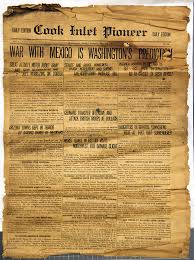 An early newspaper
An early newspaperThe History of Anchorage Alaska was coming to life, and a town had just begun.
So to capture all the latest happenings, the Cook Inlet Pioneer began publishing a weekly newspaper. And, as with all the other businesses on Ship Creek at the time, the newspaper's office was in a modest tent.
Then on May 29, 1917, the Cook Inlet Pioneer became the Anchorage Daily Times.
November 1915, Going to School
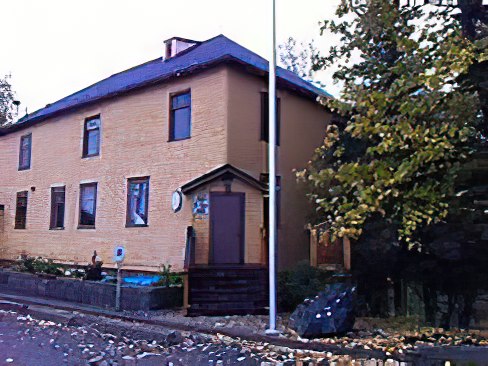 An Anchorage first
An Anchorage firstAnchorage's first school was made of left-over material from the Alaska Railroad.
Ora Dee Clark was hired to be the first school superintendent and a teacher, along with three other teachers.
Things in the first school building were crude. They used wood-burning stoves for heat, and because there was no electricity, they used oil lamps for light in the dark of winter. There was no running water, and the students and teachers also used an outhouse.
There were about 100 students in the first school.
1915, One of the First
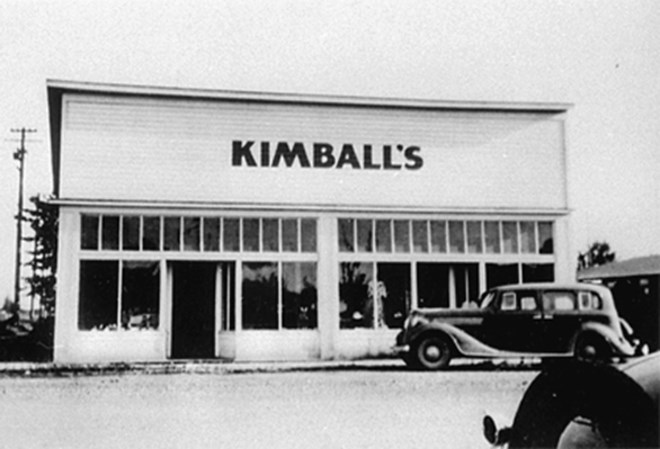 Upstairs is where they lived
Upstairs is where they livedIrving L. Kimball and his wife Della purchased a lot at 500 West 5th Avenue, where they built a store with an apartment upstairs, for them and their family.
Opening in November 1915, the store sold a mixture of general merchandise, hardware, and groceries.
After Irving passed away, his wife Della operated the store, but stopped selling groceries.
Then, in 1958, following the death of Della, Kimball's daughter, Decema Kimball Andresen Slawson, kept the store in operation, but also began selling paint. Decema passed away in 2002.
The store was in operation from 1915 to 2002, making Kimball's Dry Goods the oldest continuously operating business in Anchorage during that time.
Kimball's Dry Goods was in operation for 87 years, and the building still sits on its original location.
History of Anchorage Alaska
July 1916, Anchorage's First Movie Theatre
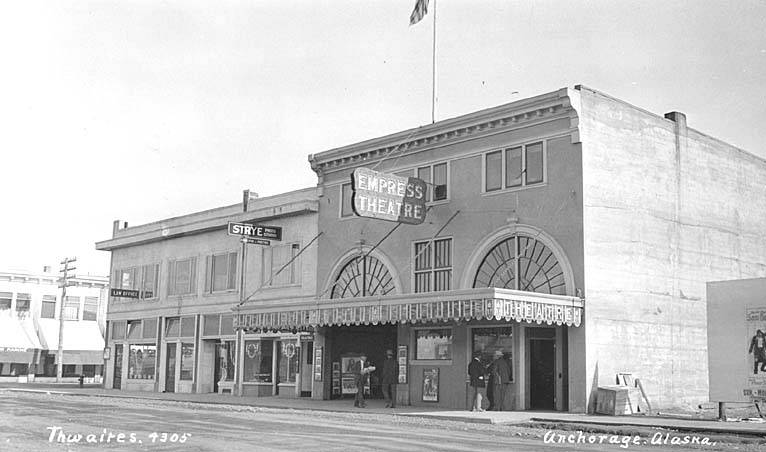 On 4th Avenue
On 4th AvenueBuilt by Austin Eugene “Cap” Lathrop, the Empress Theatre first opened on July 1, 1916.
And the First Movie was…
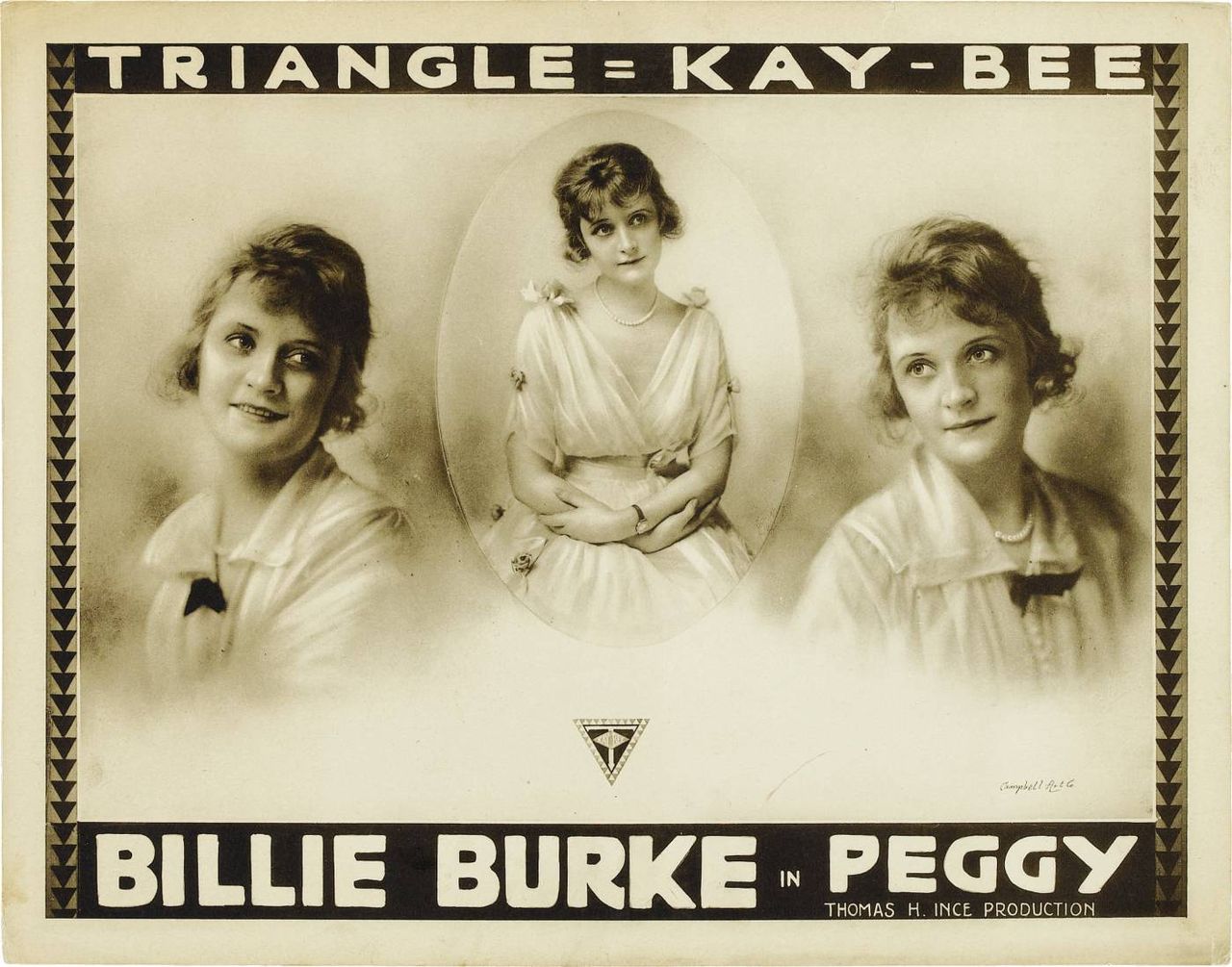
The silent movie “Peggy” starring Billie Burke was the very first movie shown to the tent city population.
While the movie house opened without one, a theatre organ was later added, so local audiences enjoyed music while they watched movies.
The Empress showed movies well into the 1950s.
Parts of the organ were later used in the Uncle's Pizza organ in Anchorage.
BONUS
Do you know why Mr. Lathrop was called “Cap”?
He was also a licensed ship captain.
1917, A Fire Break Becomes an Air Strip
and a Golf Course
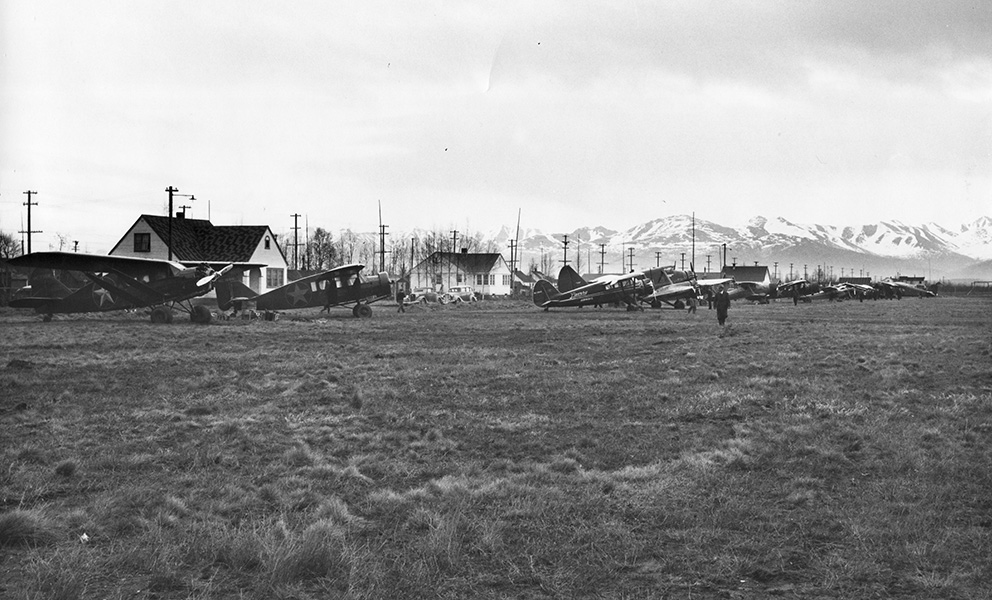 Before it became a park
Before it became a parkMore wooden buildings appeared on the shores of Ship Creek and business buildings were popping up along 4th and 5th avenues.
In 1917, Anchorage needed the safety and protection of a fire break.
So they cleared 11 blocks between 9th and 10th Avenues and A and P streets.
Later in 1923, a golf course and a landing strip for bush pilots joined the firebreak.
In 1954, what originally began as a fire break, became the Park Strip.
It became known as Delaney Park in 1970 after Anchorage Mayor James Delaney.
September 1919, Another First
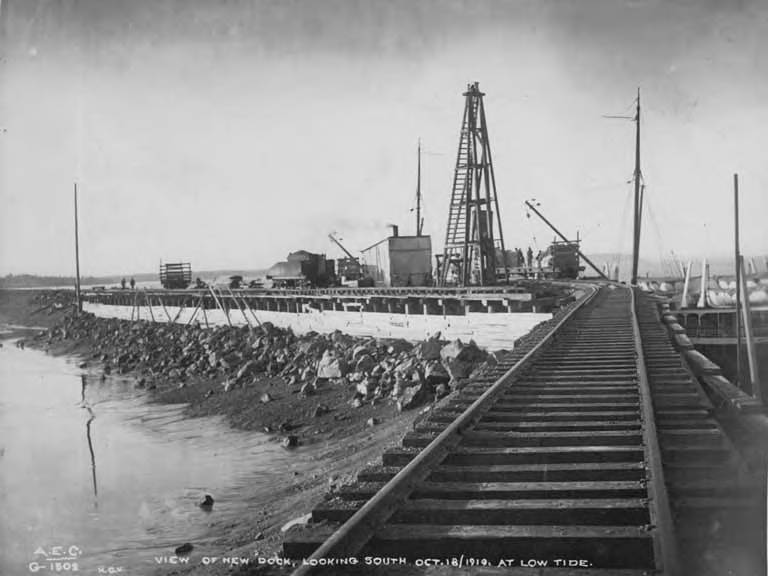 Anchorage dock at low tide 1919
Anchorage dock at low tide 1919An ocean-going freighter, the Anyox, docked in Anchorage.
The ship's cargo included two thousand tons of steel rails and other equipment for the Alaska Engineering Commission (AEC) for the railroad.
May 24, 1922, the First Airplane in Anchorage
A pilot named Charles Hammontree was the first pilot to fly over Anchorage.
He took off in a hydroplane from near the old docks on Ship Creek flats, and conducted a test flight over the town at 4:00am.
Later, following his successful flight, some residents flew with Hammontree as passengers.
May 1924, A First for Anchorage and Alaska
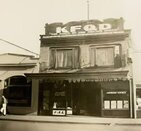 Radio in the early days
Radio in the early daysHow well do you know the History of Anchorage Alaska?
Did you know, the first radio station in Anchorage was KFQD?
But it wasn't just the first in Anchorage, it was the first in Alaska. At one time, the studios of KFQD were located on 4th Avenue.
1929, Aviation Field Became Merrill Field
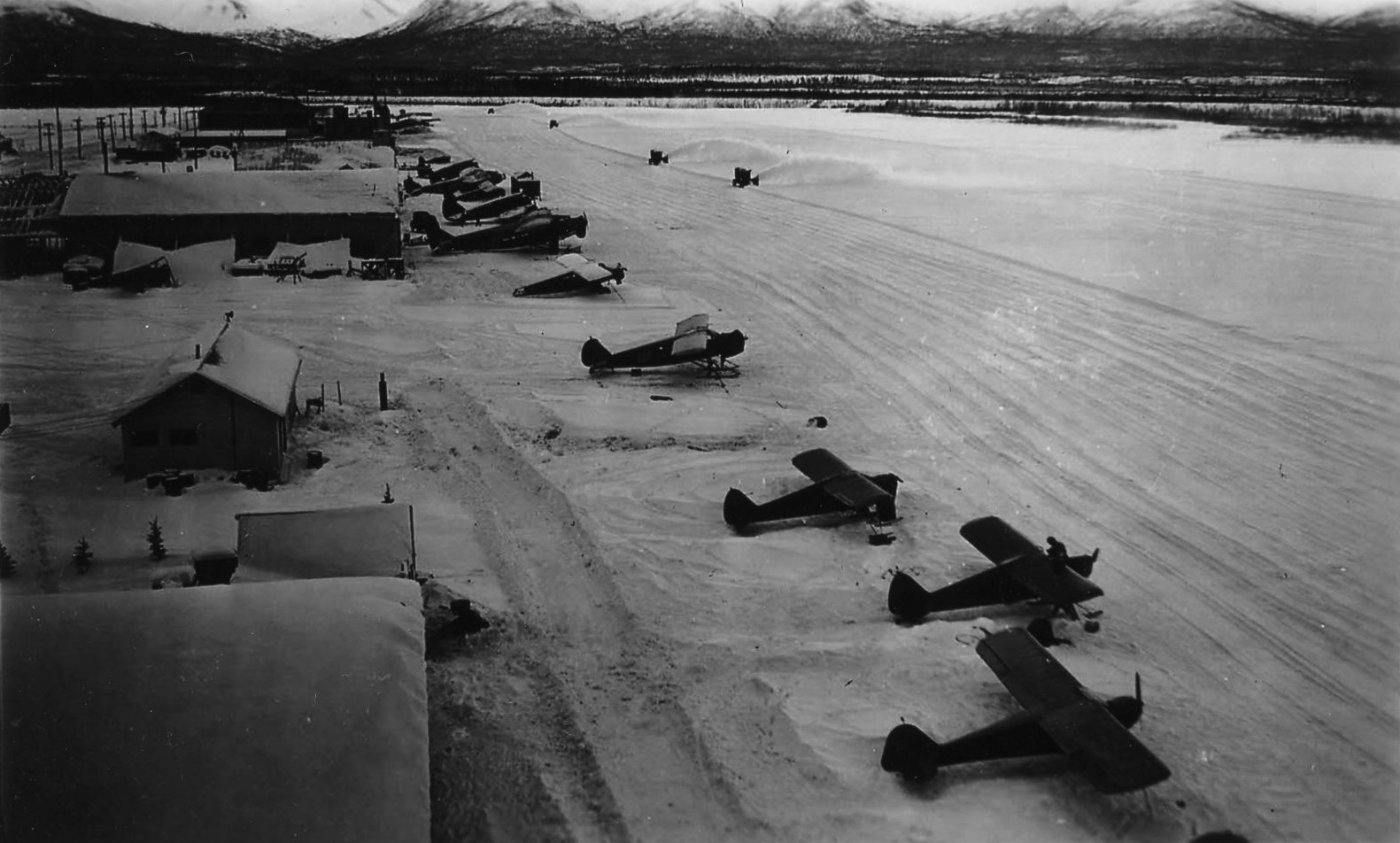 Anchorage's first airport
Anchorage's first airportBefore it became Merrill Field, the airstrip outside Anchorage had another name… Aviation Field.
After Aviation Field first opened in 1929, Anchorage quickly became the hub for air service in Alaska.
BONUS
Later in 1930, Aviation Field became known as Merrill Field, named after Alaskan aviation pioneer, Russel Merrill.
DOUBLE BONUS
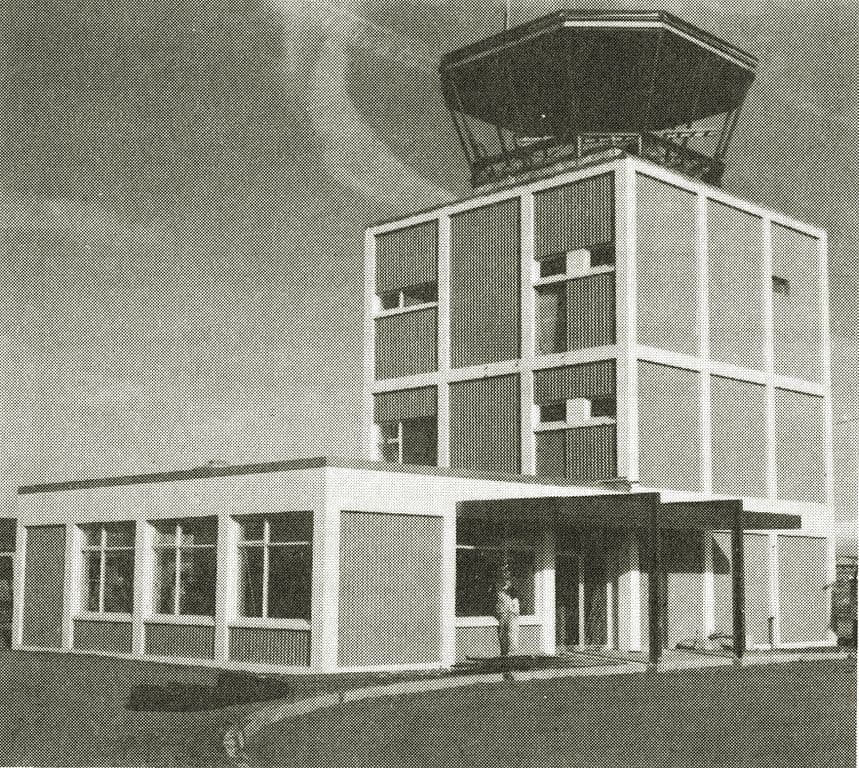 Merrill Field Tower
Merrill Field TowerDid You Know?
During the 1930s, Merrill Field had so much air traffic that it became the most active civilian airport in the entire U.S.
Anchorage International Airport opened in 1951.
February 1935, the Fur Rendezvous Begins
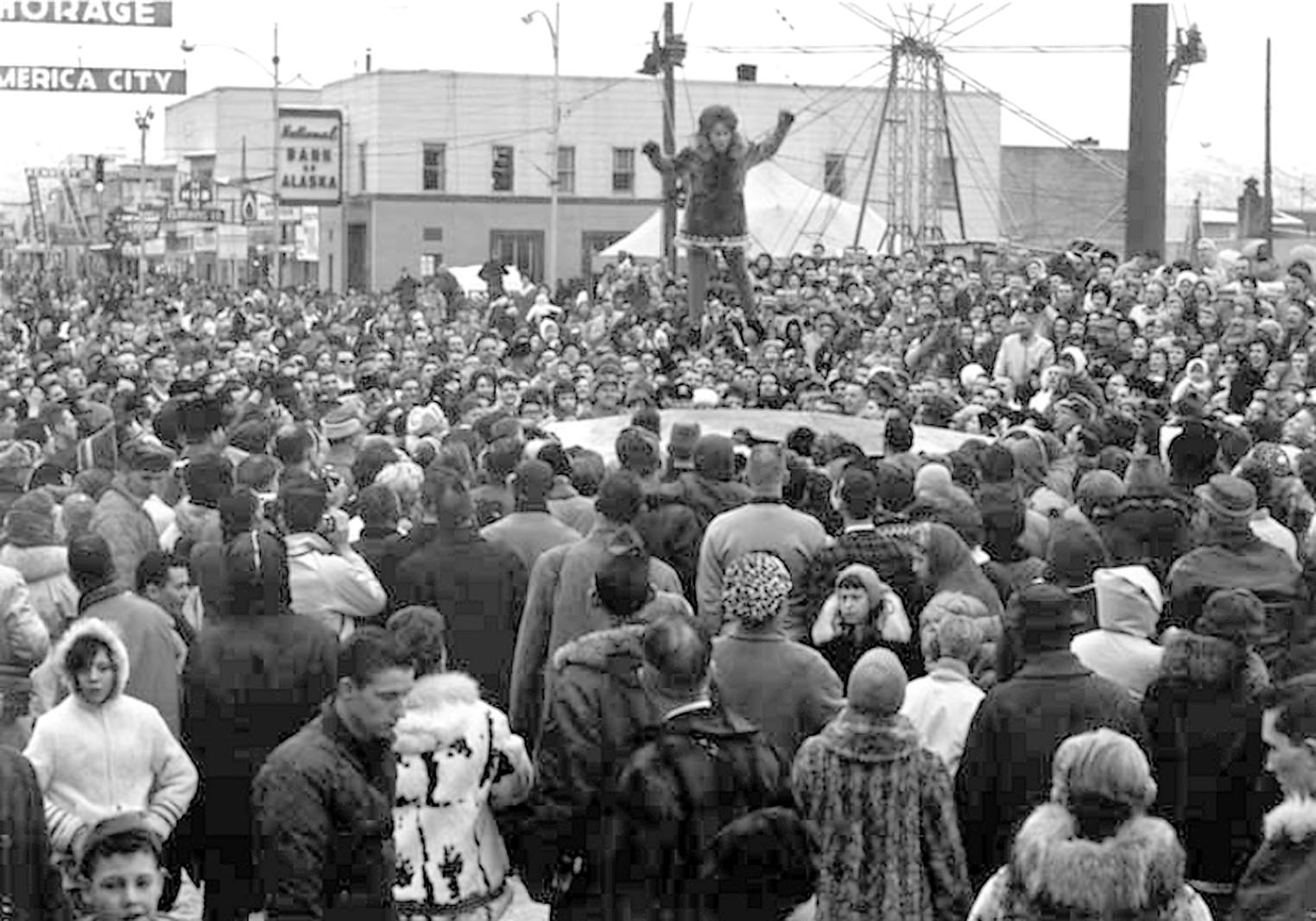 Airborne over the Rondy crowd
Airborne over the Rondy crowdVern Johnson gets the credit for being the “Father of the Fur Rendezvous”.
In 1935, Johnson organized the “Winter Sports Festival”.
The first event featured hockey, basketball, skiing, boxing and, as if to forecast the future of the event, a children's sled dog race down 4th Avenue.
Just two years later, the name of the event became the, “Winter Sports Tournament and Fur Rendezvous”.
In 1946, the event featured the first Fur Rendezvous sled dog race. The winner was Earl Norris.
Today, the Fur Rendezvous is the largest winter carnival in the world.
May 1947, a Great Competition
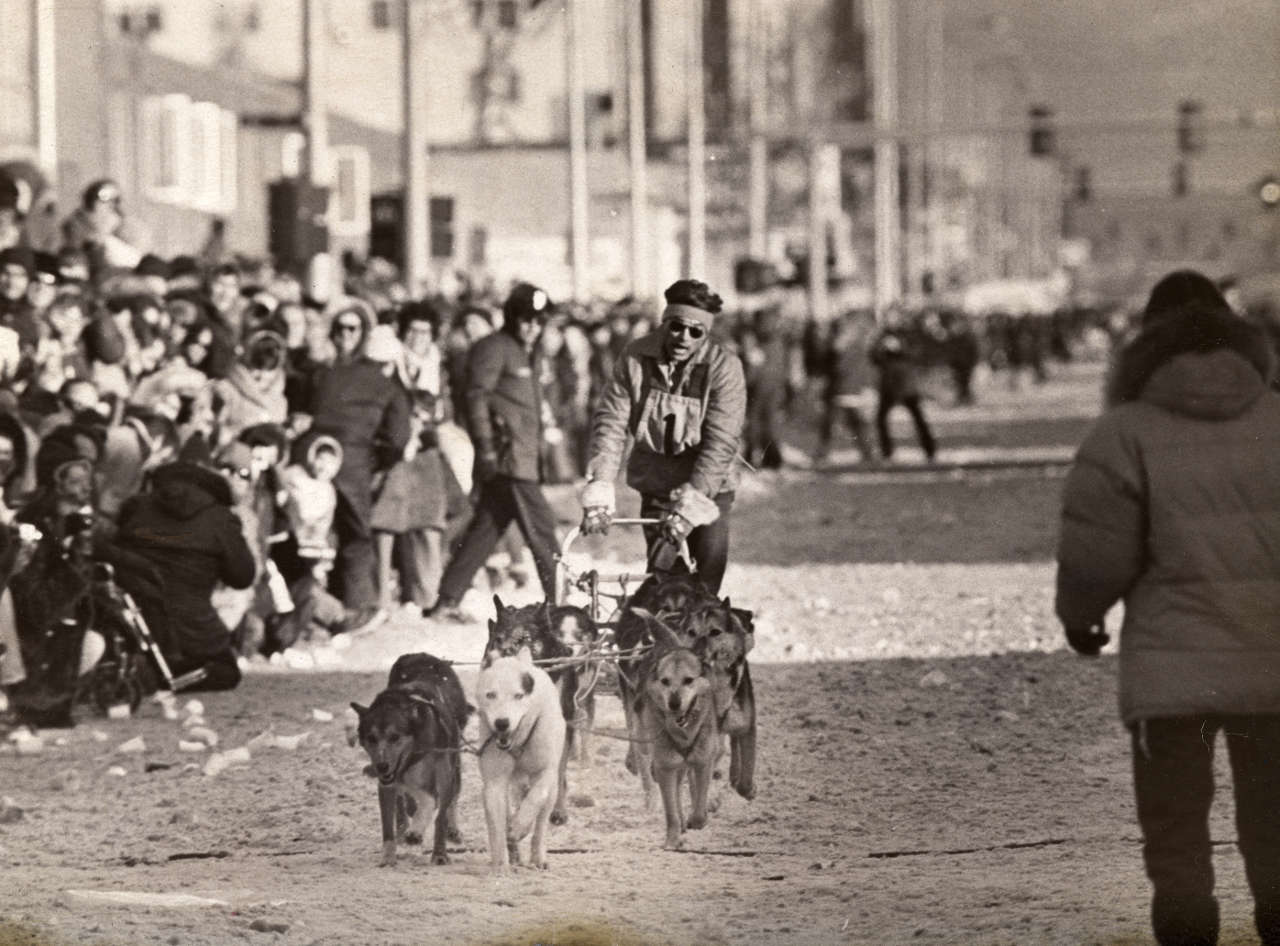 George Attla, a local favorite
George Attla, a local favoriteThe first World Championship Sled Dog Race joined the Fur Rendezvous in 1946.
Pictured above is George Attla, one of the most famous Alaskan mushers. There was even a movie made about his life titled “Spirit of the Wind”.
BONUS
In 1949, the Eskimo Blanket Toss became part of the Fur Rondy.
Alaska natives from Nome and Diomede Islands came to Anchorage to demonstrate the blanket toss.
Alaska natives used a tarp of seal or walrus hide to toss a member of the village, who had good eyesight, up into the air, so they could spot wild game for food.
November 1936, A Dedication
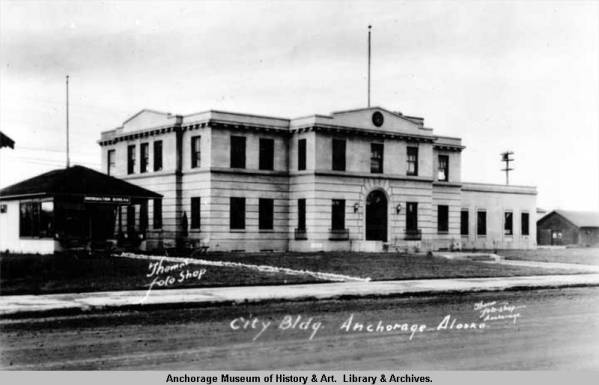 The way City Hall used to look
The way City Hall used to lookAnchorage's City Hall, was dedicated at 524 West 4th Avenue, adding an important event to the history of Anchorage Alaska.
January 1939, the First High school
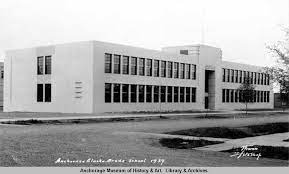
Anchorage High School, (the towns first) opened its doors in 1939 at 6th and F Streets.
The building also housed an elementary school and an auditorium, which was used for both school and civic events.
1939 to 1941, the Federal Building
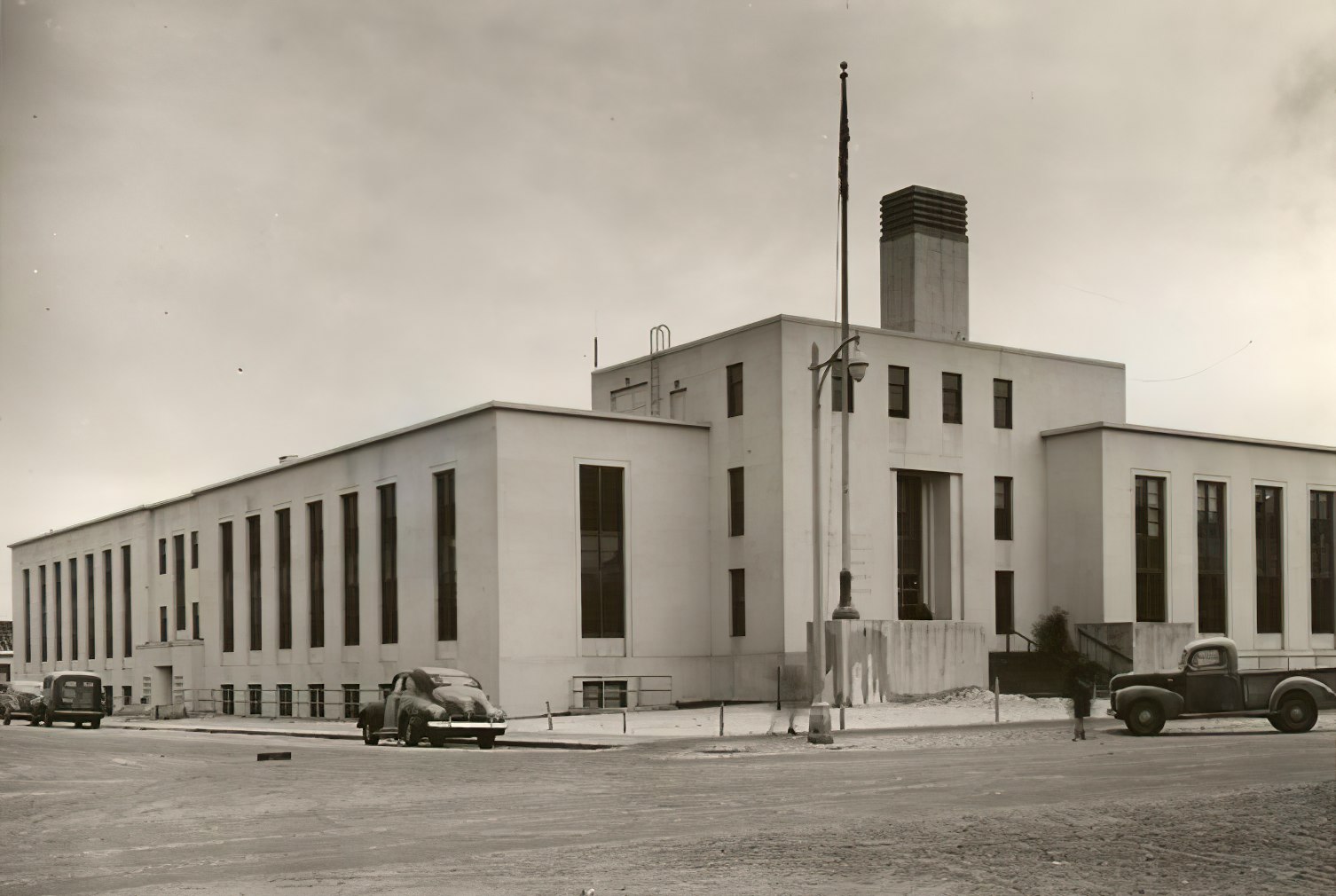 Built in stages, one section at a time.
Built in stages, one section at a time.Located across the street from what used to be the 4th Avenue Theater.
Constructed took place from 1939 to 1941.
BONUS
Before the Federal Building, there was a jail and a courthouse on the property.
June 1940, the Military Arrive
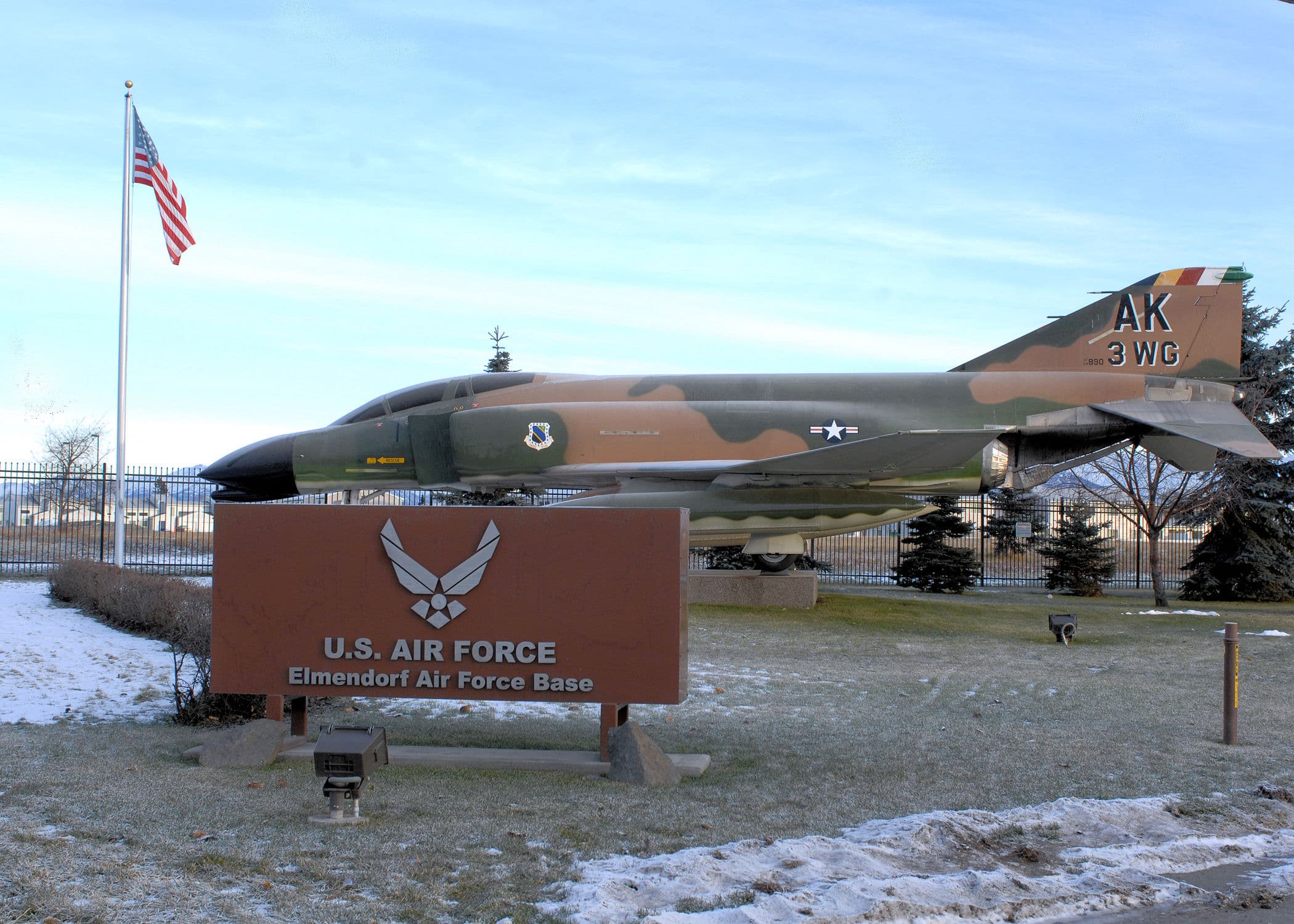 Now Joint Base Elmendorf - Richardson
Now Joint Base Elmendorf - RichardsonAnchorage got a large boost in its population with the construction of Elmendorf Air Force Base and Fort Richardson in the 1940s.
BONUS
Fort Richardson was named in honor of Brigadier General Wilds P. Richardson.
Elmendorf Field got its name in honor of Captain Hugh M. Elmendorf.
May 1947, a Movie Palace for Anchorage
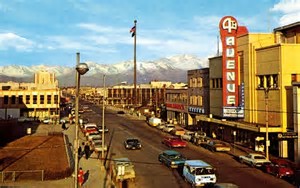 Days gone by
Days gone byThe History of Anchorage Alaska looks at a jewel
World War II slowed construction of Cap Lathrop's second movie theatre in Anchorage.
The 4th Avenue Theatre opened with its first movie on May 31, 1947
The Jolson Story was the first movie presented at the 4th Avenue Theatre to happy Anchorage audiences.
Long lines formed outside the theatre with people anxiously waiting to see the movie and the new theatre.
Everyone agreed that Lathrop had outdone himself by creating a beautiful theatre experience for everyone to enjoy.
The 4th Avenue Theatre was the crown jewel of Anchorage movie theatres. Now it's only a pleasant memory.
What are your memories of the 4th Avenue movie theatre in downtown Anchorage, Alaska?
May 1948, A Second Radio Station
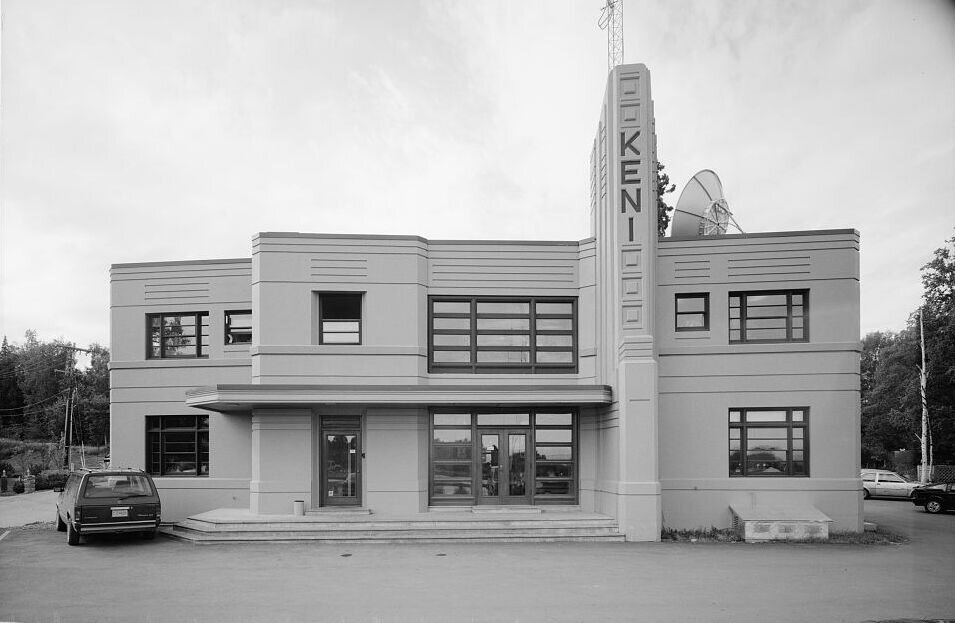 Overlooking what is now Westchester Lagoon
Overlooking what is now Westchester LagoonKENI radio signed on in May 1948 to become the second radio station in Anchorage, Alaska.
Owner “Cap” Lathrop, first housed the station in the 4th Avenue Theatre building.
KENI radio later moved to the building shown above, which overlooks Westchester Lagoon.
December 1951, Anchorage International Airport
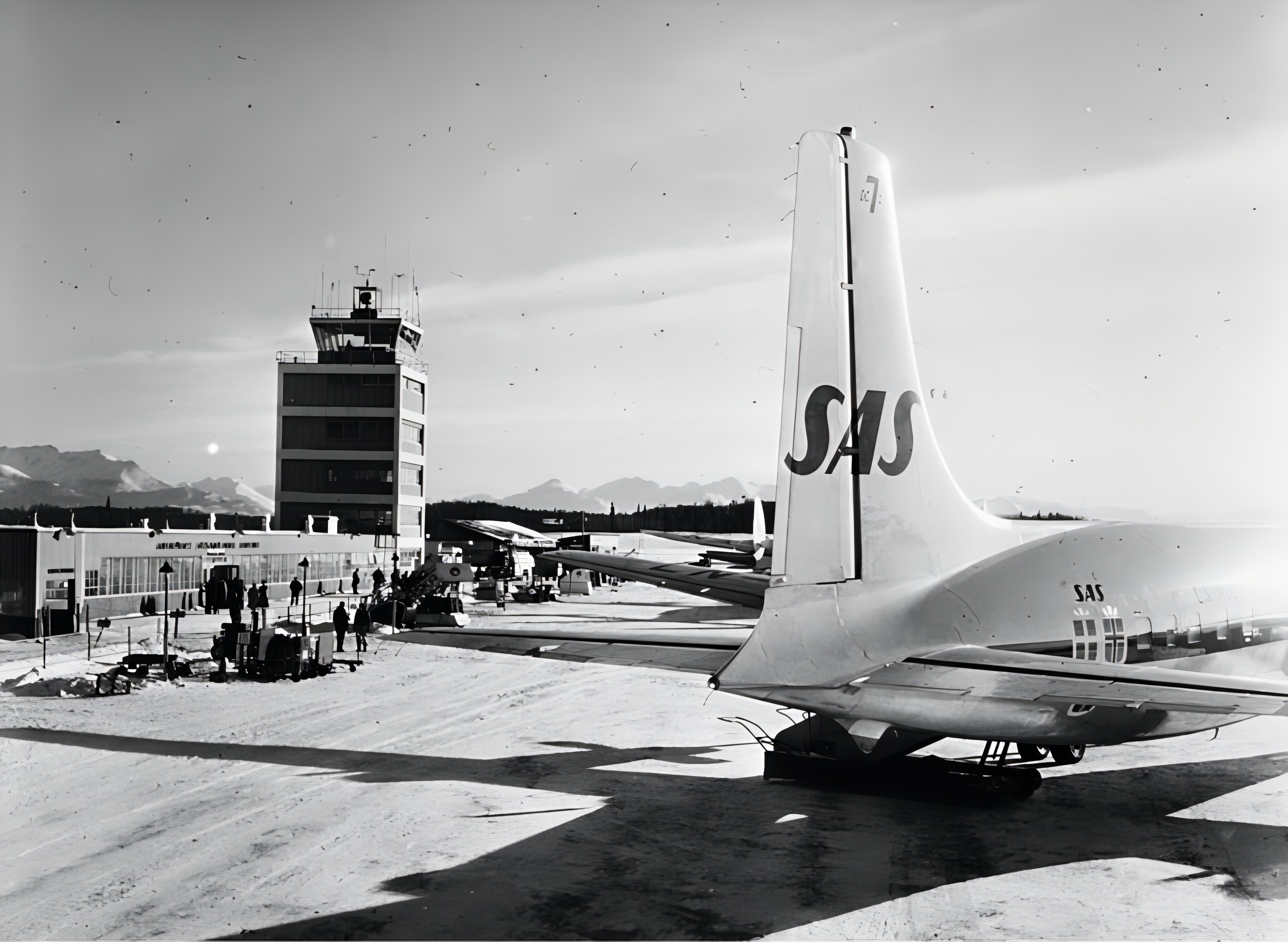 Early days of service
Early days of serviceAfter first opening in 1951, the airport quickly became important to aviation.
Anchorage International Airport became known as the “Air Crossroads of the World”.
It's now, Ted Stevens International Airport, named after Alaska's U.S. Senator, Ted Stevens, following his passing.
1956, An All American City
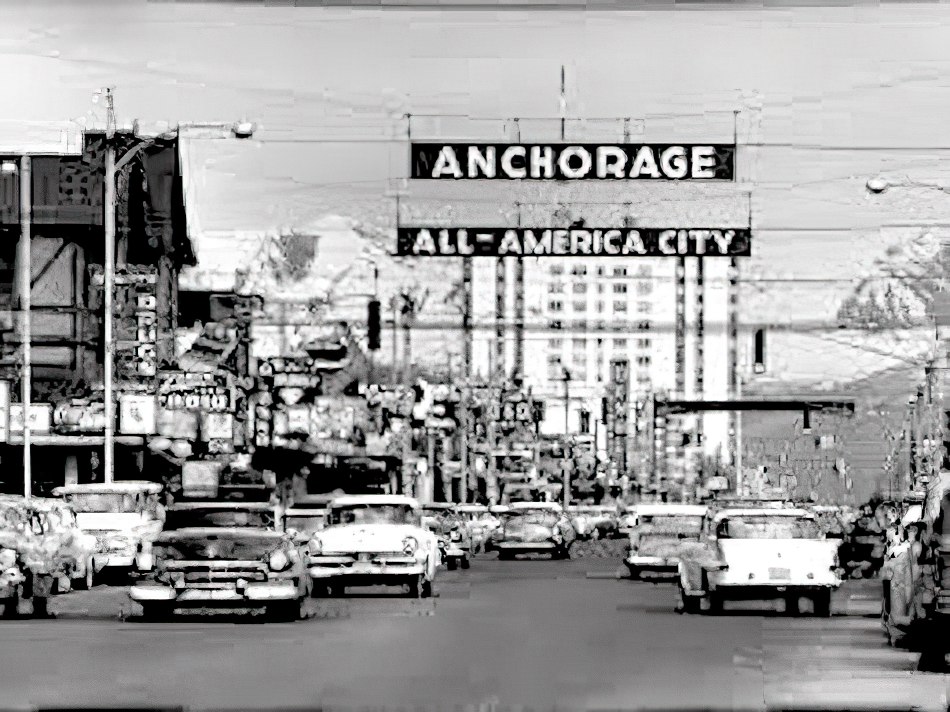 The sign above the street shows civic pride
The sign above the street shows civic prideIn 1956, the National Municipal League and Look Magazine first named Anchorage an “All American City” in 1956.
Since then, Anchorage also received the award in 1965, 1985 and 2002.
Over the Years
Much has changed when it comes to the history of Anchorage Alaska.
From a crude tent city on the muddy backs of Ship Creek in 1914, to the skyline of today's modern Anchorage, with all the services and amenities you'd expect to find anywhere in the United States.
But for those of us who grew up or lived in Anchorage, we all have our special memories of our town.
To discover more about the history of Anchorage, take a look at the following:
BONUS
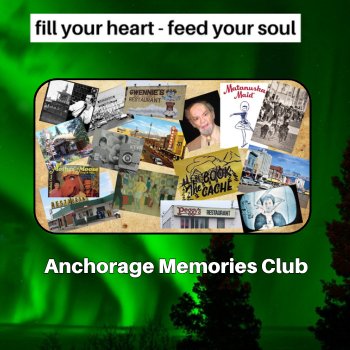
*Memories of the Anchorage you love, sent to you by email
*History of Anchorage, Alaska
*Meet the Pioneers who built Anchorage

